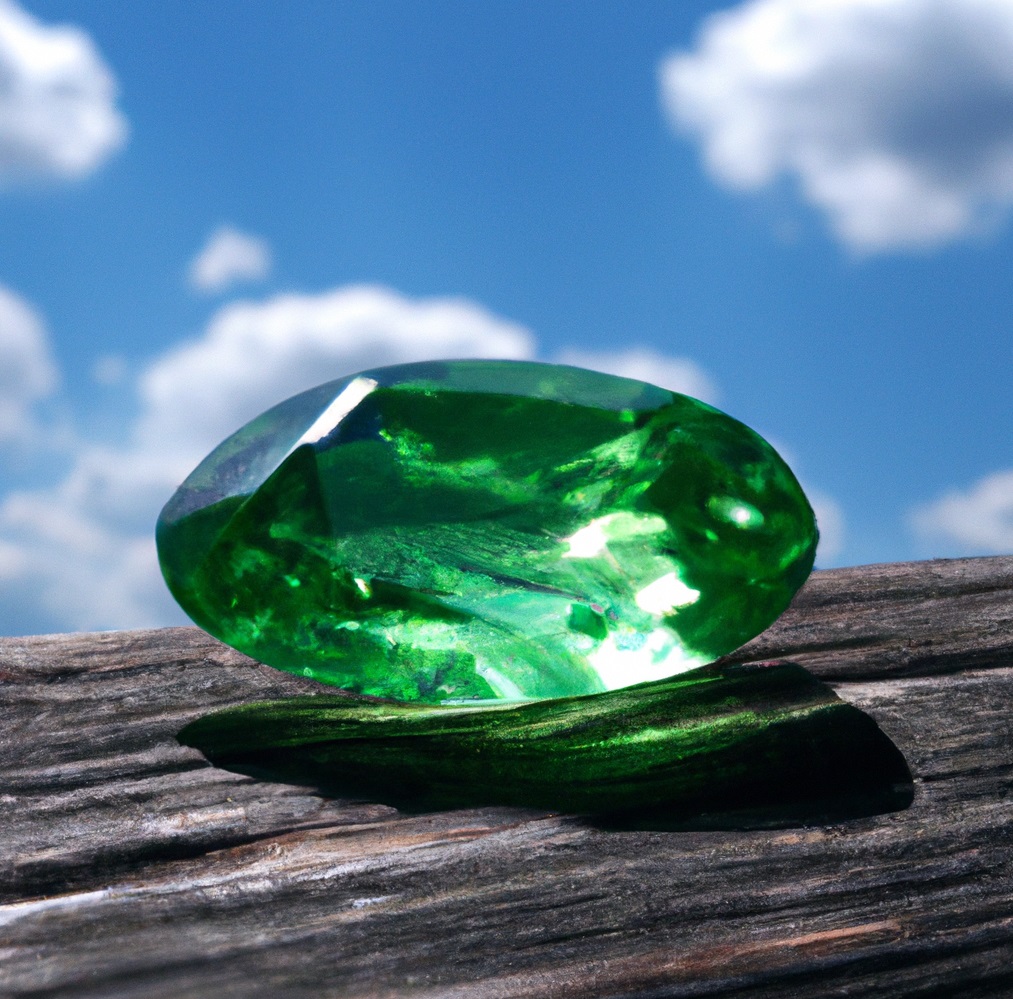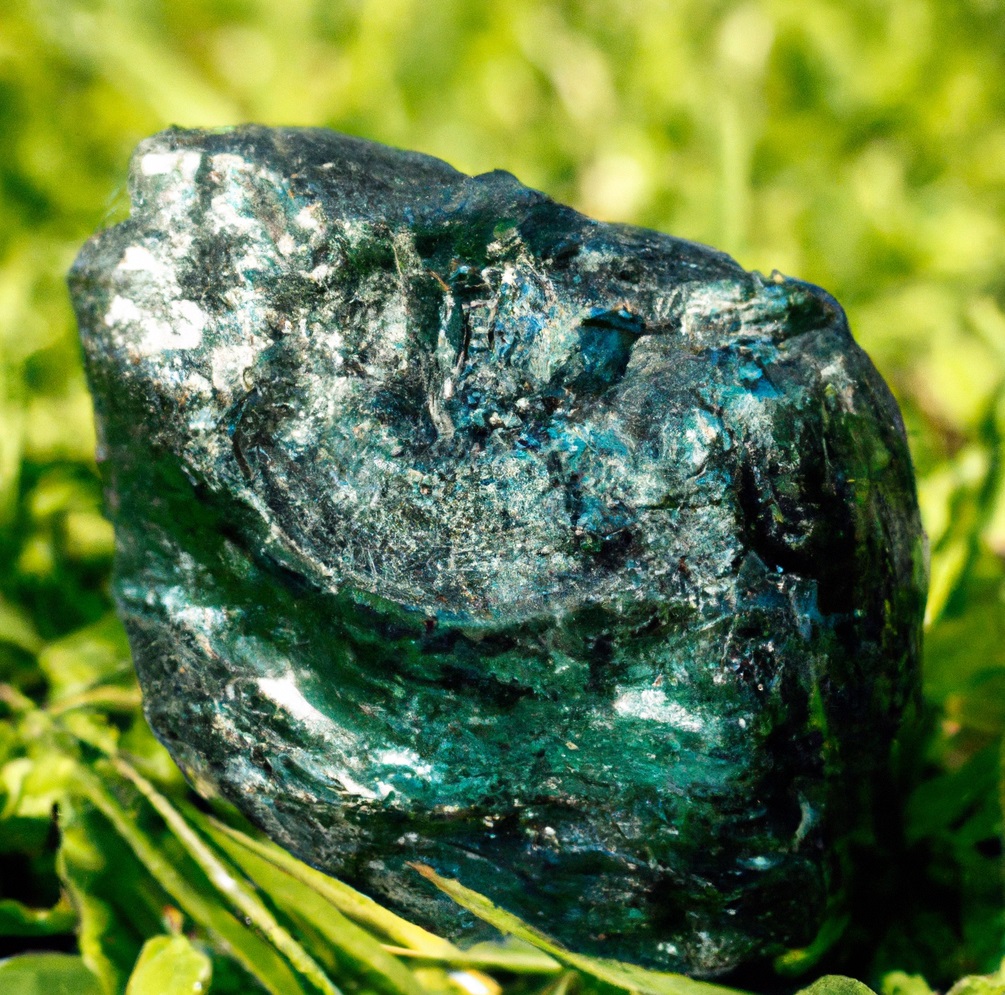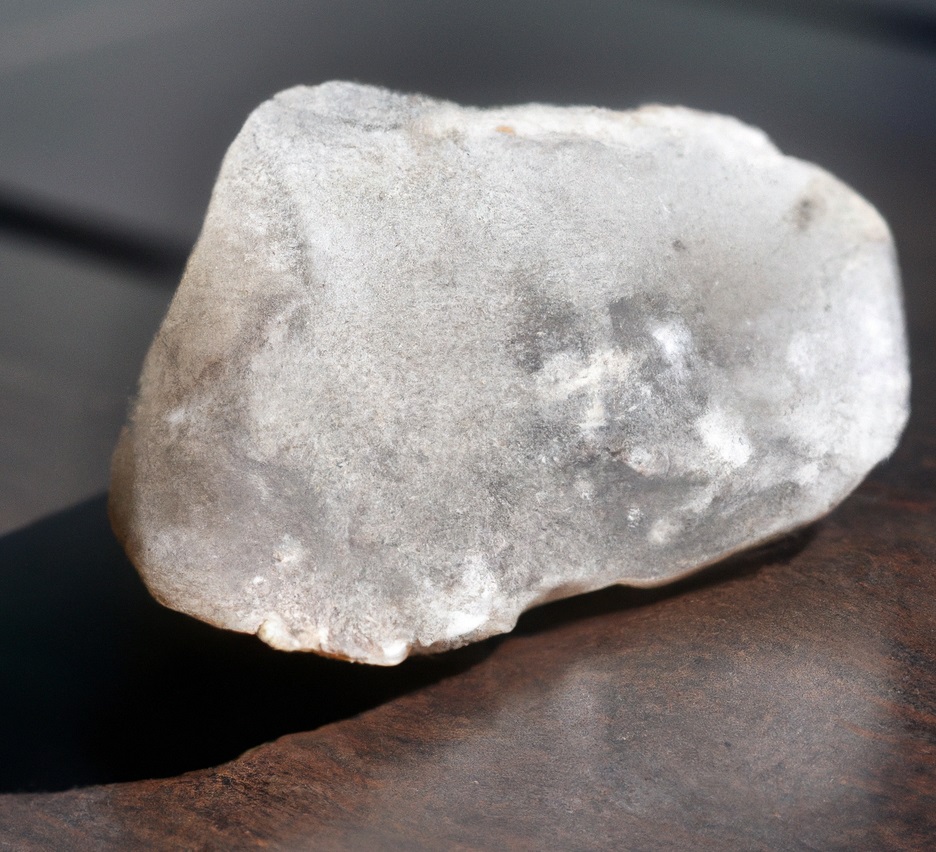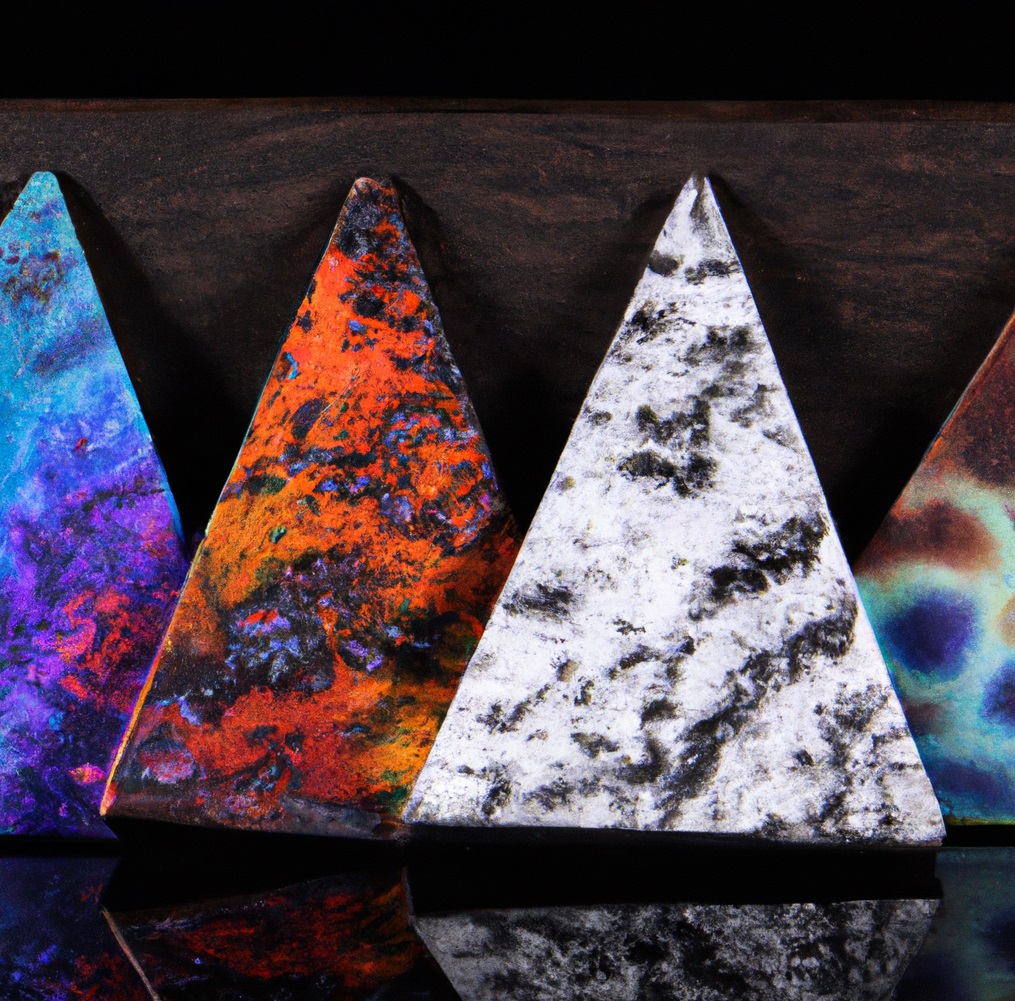Obsidian in Real Life

Obsidian is a naturally occurring volcanic glass formed when lava extruded from a volcano cools rapidly with minimal crystal growth. Its presence in real life speaks volumes about our planet’s diverse and dynamic processes. This article delves into the various aspects of lava obsidian in real life, exploring its formation, colors, uses, and significance.
The Formation of Obsidian in Real Life
Lava obsidian in real life is primarily formed from rhyolitic lava flows, known for their high silica content. The rapid cooling of this lava, often in water-rich environments, prevents the formation of crystals, resulting in the glassy texture that characterizes obsidian in real life. This process is a remarkable phenomenon, showcasing nature’s powerful and transformative forces.
Uses
In real life, obsidian is a marvel and a beneficial material. Its sharp edges have made it a preferred material in tool and weapon manufacturing since ancient times. In modern times, lava obsidian is used in surgical scalpel blades, ornamental objects, and jewelry, showcasing its versatility and enduring appeal. Green and white obsidian are this mineral’s most rare and attractive types.
Green Obsidian Meaning

Green Obsidian, a unique and captivating gemstone, holds profound significance in healing and spirituality. Known for its stunning greenhouse, it symbolizes renewal, growth, and balance. Green obsidian is believed to open and nurture the heart chakra in crystal healing, fostering emotional healing and promoting an understanding of nature and oneness with the Earth.
Its calming energy alleviates stress and encourages resilience, making it a cherished stone among those seeking inner peace and a deeper connection with the natural world.
White Obsidian

White Obsidian, a rare and captivating volcanic glass, embodies purity, clarity, and spiritual protection. With its translucent to opaque white sheen, this striking stone is revered in crystal healing for its ability to shield against negativity and foster a sense of serenity. It also has grounding abilities to protect against negative energies.
Known for enhancing truth and promoting emotional balance, white obsidian is often used in meditation and spiritual practices to deepen one’s understanding and intuition. Its association with light and purity makes it popular for those seeking to cleanse their aura and connect with higher realms of consciousness, symbolizing hope and renewal amidst life’s challenges.
Obsidian in Real Life and Culture
Obsidian has significant cultural and historical importance. Ancient civilizations such as the Maya and Aztecs used lava obsidian extensively for tools, mirrors, and ornamental objects. This historical use of obsidian reflects its practicality and cultural and spiritual significance.
The Geological Significance
From a geological perspective, studying obsidian in real life provides valuable insights into the history and dynamics of volcanic activity. It provides a window into understanding the Earth’s crust and the processes that shape our planet.
Caring for Obsidian in Real Life
For those who own obsidian in real life, it’s essential to understand its care and maintenance. Although robust, lava obsidian can be brittle and should be handled carefully. Cleaning it with mild soap and water and avoiding harsh chemicals helps preserve its natural beauty.
Conclusion
Obsidian in real life is a fascinating and multifaceted material. From its geological formation to its historical and cultural significance and wide range of uses, lava obsidian is a testament to the complexity and wonder of our natural world. Its enduring allure and practical applications continue to make lava obsidian a subject of interest and value in various fields.
Suppose you are interested in rare and unique minerals. In that case, we advise you to read this article, discussing one of the rarest and most amazing minerals on Earth—shungite stones from Russia.
 Dutch
Dutch English
English French
French German
German Italian
Italian Spanish
Spanish Swedish
Swedish